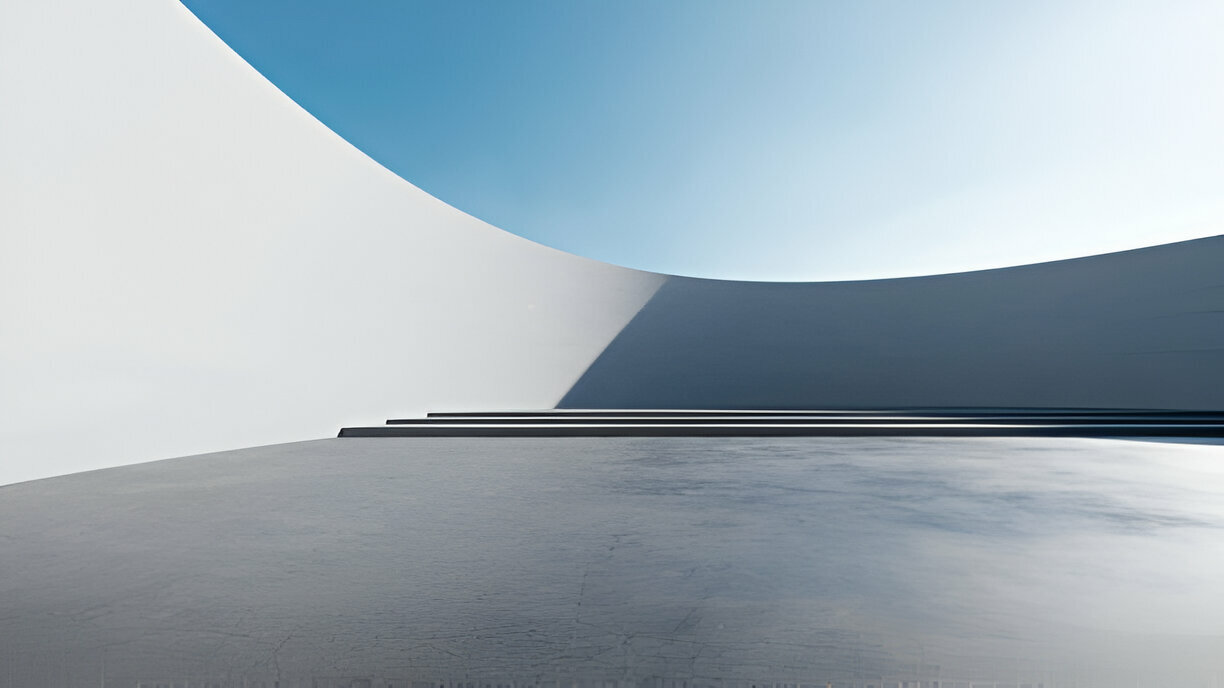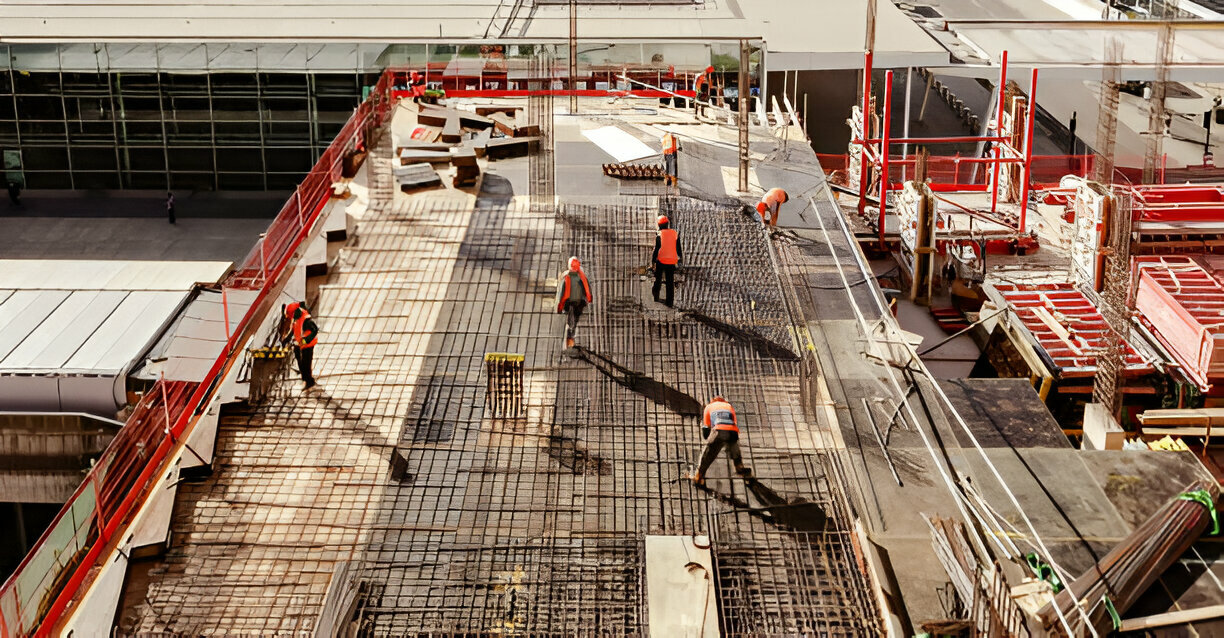The world is built on concrete foundations - but what lies beneath this sturdy surface? With the growing alarm bells around environmental degradation, it's time we cast our gaze onto the concrete realities that surround us. Isn't it crucial to evaluate the ecological footprint of the very ground we walk upon, illuminated through our homes and upon our city skylines? This is the question we attempt to answer in this blog, as we dive deep into the subject of concrete slabs in construction and their environmental implications.
Concrete, which forms the cornerstone of modern architecture, has been called into question for its sustainability. It’s a truly humbling thought to realize that the man-made material we take for granted daily could possibly be contributing to larger-than-life environmental problems. But is it all doom and gloom or are there redeeming aspects attached? That’s exactly what we'll be exploring in the following segments.
Unpack this multifaceted issue, as we sift through the concrete properties, behavioral tendencies, impact on the atmosphere, as well as innovations and alternatives shaping the future of sustainable concrete production.

Unfolding the Underlying: What is Concrete
Primarily made from cement, gravels, sand, and water, concrete is a concoction that's built to last. The fundamental fitting within literally tons of infrastructural bodies, it's conceived when the raw elements mix, form a paste, then harden over. What makes it indispensable is its strength, adjustability and low cost.
However, lurking on the underbelly of this dependability are environmental concerns. Mostly revolving around the greenhouse gas emissions during its production phase, the extraction process for raw materials, and the issue of waste when it comes to its end of life disposal.
Green Innovations and Concrete Alternatives
From creating lower-carbon concrete to adding carbon capture and storage technology in cement factories, research and innovation are playing their parts. There's Hempcrete, an amalgamation of hemp, lime, and water which is a carbon-negative material. Strategies like replacing ordinary Portland cement with materials like GGBS (Ground Granulated Blast Furnace Slag) or fly ash significantly reduce the carbon footprint.
There's also the idea of "Green Concrete," which is made from either waste or recycled materials reducing its environmental impact. Even the concept of reusing and recycling concrete demolition waste is gaining traction in the industry.

Regulatory Shifts and Future Trends
To deal with the sustainability issues of concrete slabs, policies and standards are being updated globally. Stricter emission caps, stringent compliance, and certification for green materials are some trends that will shape the future of construction material industry.
Stepping into the future, we realize that the integration of sustainable practices in the manufacturing and disposal of concrete slabs will be a critical factor in the global fight against climate change.
Personal Choices and Sustainable Construction
The choices we make in our personal spaces also have ripple effects on the environment. Picking green building materials, integrating energy-efficient designs, or just recycling & disposing of construction waste responsibly could make a big difference.
The journey towards achieving sustainable construction is certainly not an easy one. However, it is a path we need to tread, for the health of our planet as well as for the prosperity of future generations.
Tangible Change, Concrete Steps
In conclusion, it's evident that while concrete slabs are integral to our built environment, their environmental footprint is a cause for concern. The industry is not turning a blind eye to this, though, with innovation and regulation paving the way to a more sustainable future.
From the micro to the macro level, everyone has a role to play in managing this concrete jungle we've built. Whether it's industry leaders investing in green technology, regulators setting ambitious emission targets, or homeowners using sustainable materials, it's the collective effort that will make a significant difference.
We are standing at the precipice of an opportunity to pave a sustainable future. Let's ensure we lay a green foundation rather than replicating the grey footprints of the past. With the right information and commitment, our dreams of a sustainable built environment could soon be set in stone...or rather, set in sustainable concrete.

.png)


No comments:
Post a Comment